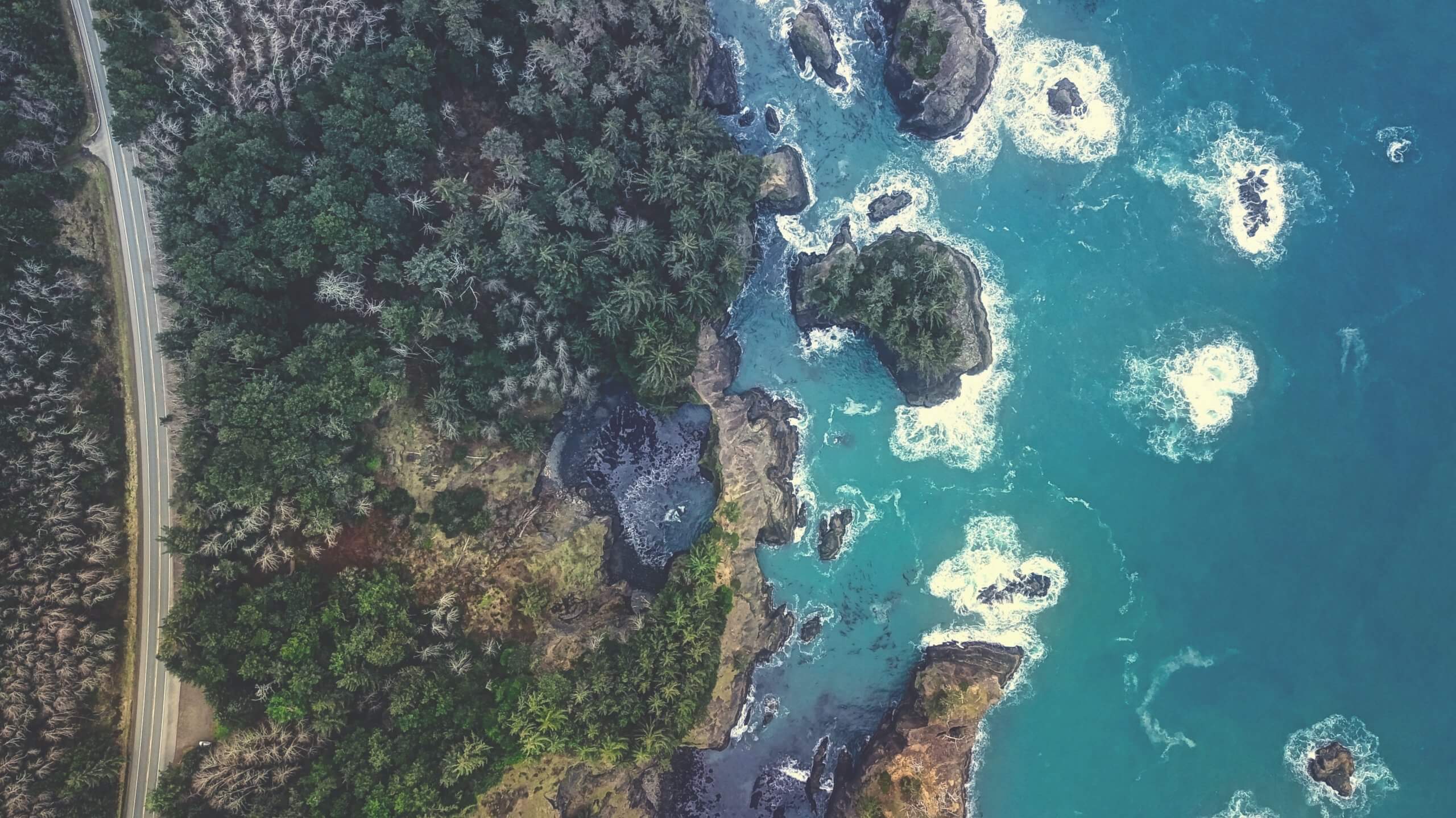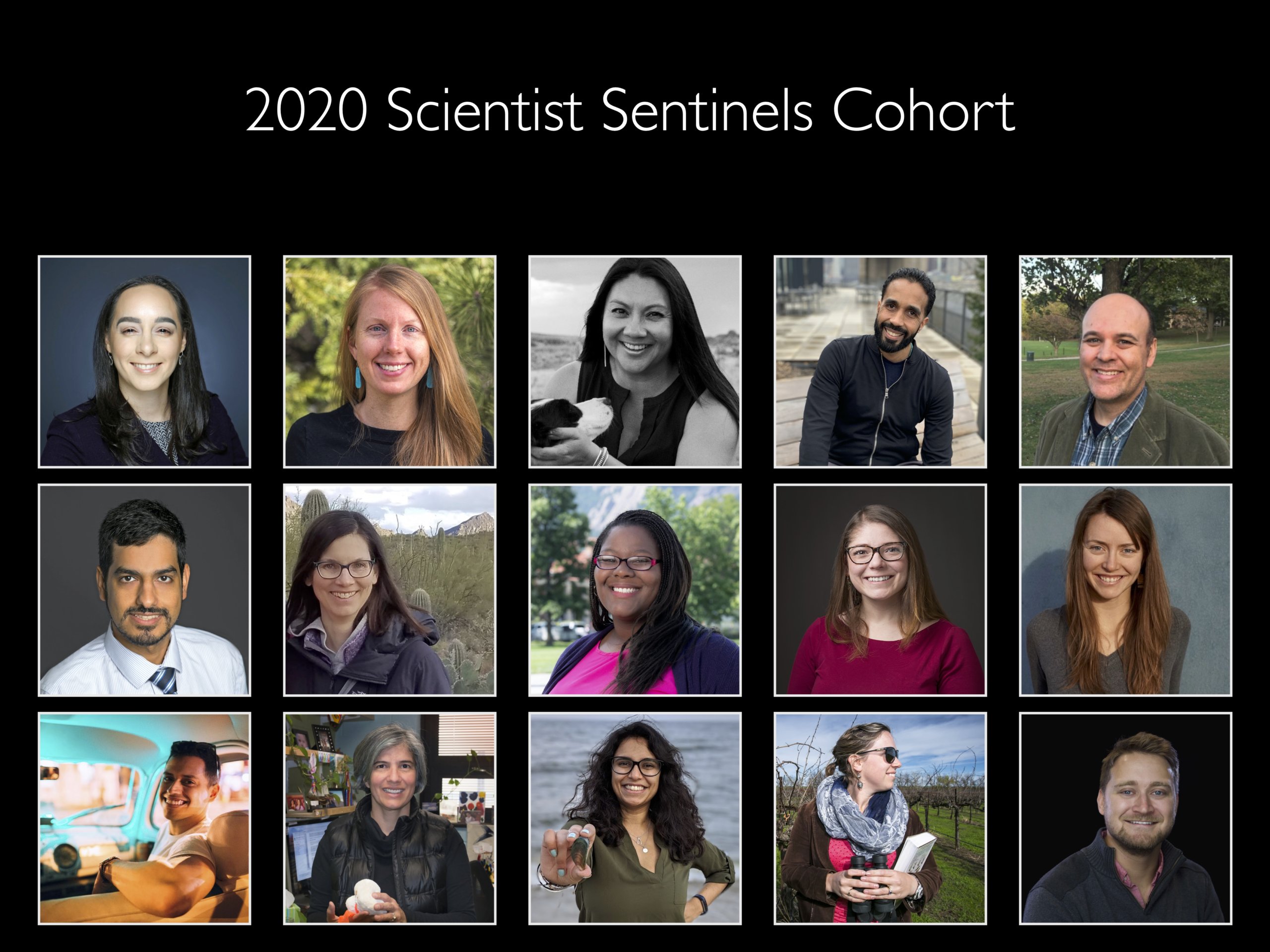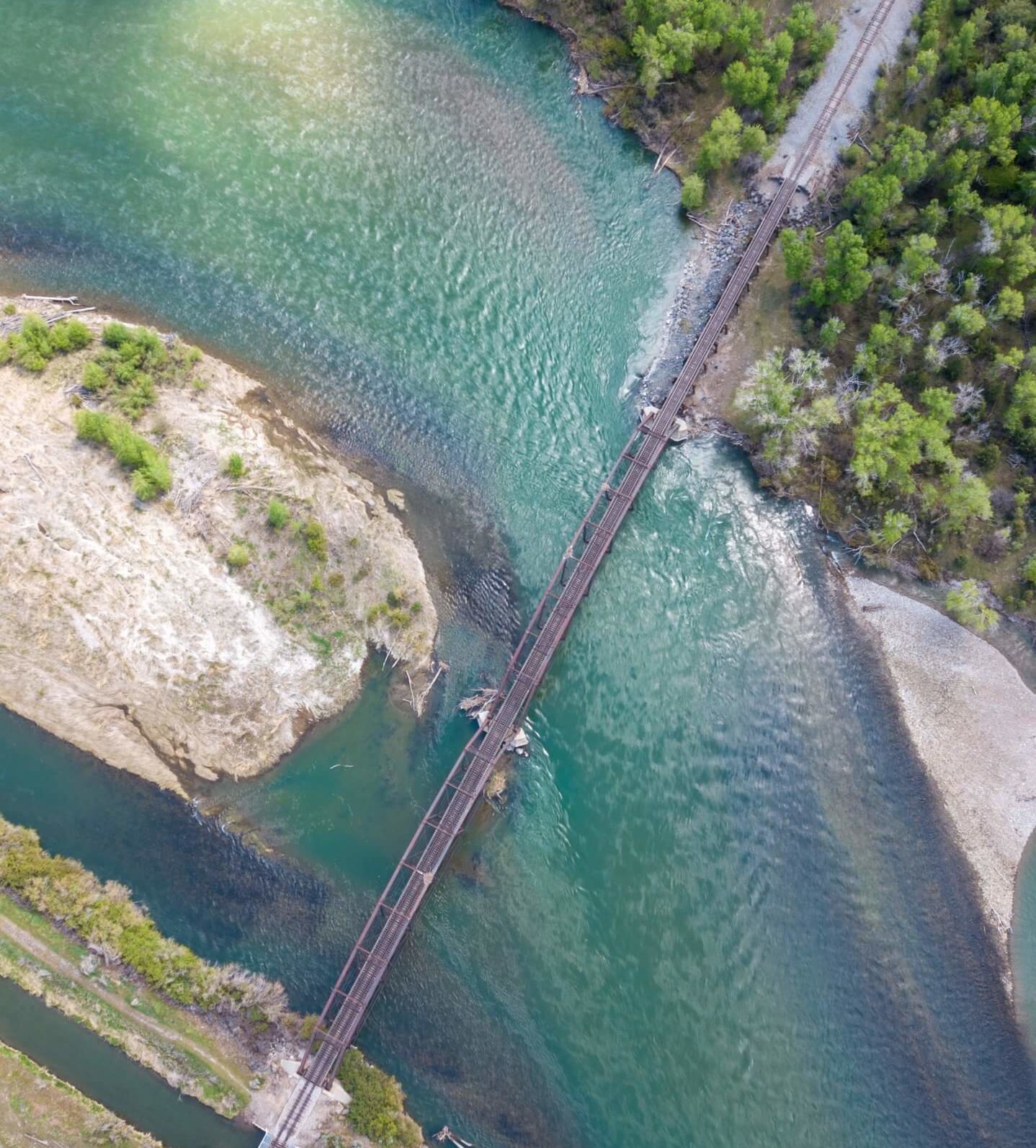When I joined COMPASS three years ago, it felt like a time of great change. There was an explosion of interest in science communication, urgent reports on the concerning state of the climate and biodiversity, and a rapidly shifting political landscape. COMPASS itself was an organization navigating its first ever executive transition – a challenging time for any nonprofit.
As we looked ahead to our 20th anniversary in 2020, we took stock of how the landscape had changed. Scientists’ questions around communication had shifted from “Should I engage?” to “How do I engage?” A rapidly growing field of educators, organizations, and innovators were finding ways to support these scientists. Organizations like COMPASS were developing better ways to link research to policy, but the increasing politicization of environmental issues was making that work increasingly challenging. The need for the kind of training, coaching, and connecting we do was only growing more urgent.
To respond to the shifting contexts in which we work, we re-examined our purpose, mission, and core values. We dreamed big about the future we want to be a part of creating and we began mapping out strategies for how to get there. We began changing ourselves, in order to better change the world we live in.
This kind of organizational change doesn’t happen overnight. It takes sustained effort from all – staff, board, and funders – and working through the ‘sandpaper moments’. But the benefits of putting in the time and building a strong foundation are significant. We have the flexibility required to adapt our work in the face of a global pandemic. We have the resilience necessary to examine ourselves and our actions. We have commitment across our team to actively contribute to an antiracist future by dismantling the systems and structures that lead to inequity in our work. We’re stepping more deeply into our purpose of improving the well-being of people and nature, and our refreshed visual identity and new website help bring our commitments to life.
Our big audacious goal is to inspire equitable and just solutions to climate change and biodiversity loss by building a powerful network of science leaders. Here’s how we are working towards that goal:
- Strategic science communication: Our core curriculum helps scientists identify the change they want to make, develop an action plan, and make connections to achieve their goals. We’re also piloting more advanced communication and engagement trainings for experienced communicators looking to push their boundaries.
- Developing leaders: Learning how to wield your own power is transformational. Our leadership programs are inclusive, supportive spaces for growing as a person and a professional, building lifelong relationships, and taking on new leadership roles.
- Communities of support: We’re committed to modeling a new culture of science, where all scientists are safe and supported in bringing their whole selves to their work. Lasting change requires a network of peers to celebrate successes and overcome obstacles, colleagues who will encourage and hold each other accountable, and spaces where every person is seen, heard, and valued. We are intentionally investing in creating communities which embrace the full spectrum of identities, voices, values, and ways of knowing.
- Convening for solutions: The breadth and depth of our network gives us a unique vantage point at the nexus of science, communication, and policy, enabling us to spot trends and opportunities for greater synthesis in the scientific community. We’re expanding our work to connect scientists with community leaders across the United States, local and national journalists, and policymakers at the state and federal levels. We create generative convening spaces where we can establish a systems-wide view of an issue and co-develop communication frames, engagement strategies, and solutions.
You can learn more about our vision, values, and history here.
This year has reset our perspective on what it means to be in a time of great change. The pandemic upended our collective idea of how long it takes for global change to happen, and continues to shine a spotlight on our common humanity as it impacts people around the world. The movement for Black lives calls us to recognize and dismantle the systematic oppression and injustices that have threatened that common humanity for centuries. And we see ever more clearly that environmental and social challenges are deeply intertwined, and we cannot solve one without the other. We know that scientists can be powerful agents of change. By working together, we can create the world we all deserve – one where nature and people thrive.
We’re facing challenges and opportunities at levels that would have been hard to imagine a year ago, and it’s time to shift the relationship between scientists and society. We’re excited for the work ahead. We hope you’ll join us.



